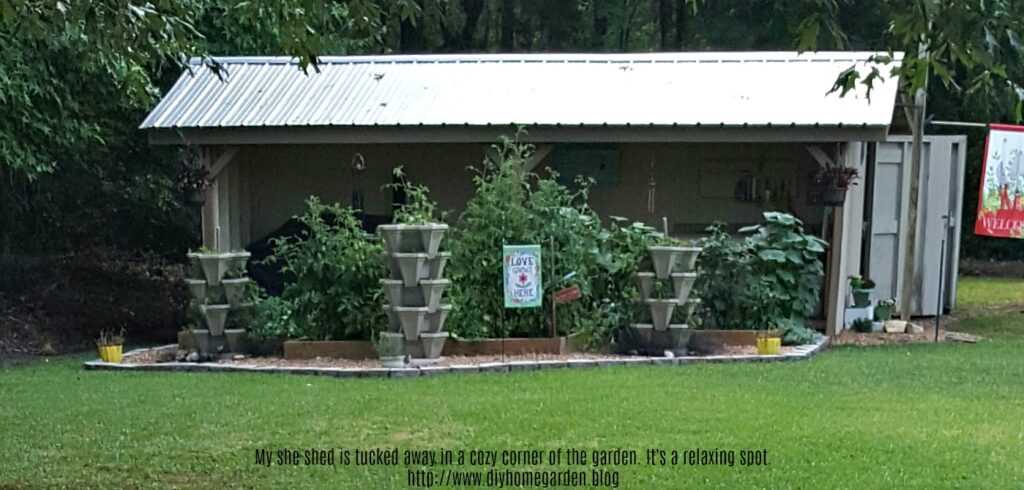I’m always looking for ways to create an earth-friendly and more sustainable home.
In the digitally enlightened age, we really have no excuse for ignorance. We’re more aware than ever of our lifestyle’s impact on the planet. What’s more, it’s easier than ever to see how the decisions that we make as consumers can impact on the planet we share.
Unless we pull together to do our bit, the late Stephen Hawking suggested we could render the planet uninhabitable within a century. In fact, UN experts predict that we have just 11 years left until the climate change we have brought about becomes irreversible. In light of this, we all want to make a better world for our children and future generations. Of course, the best place to start doing this is at home.
You want to make a more sustainable home. And, the great news is that you don’t have to go from top to bottom making expensive renovations. In many instances, you can actually save money. Here we’ll go through a few key locations in your home and how they could be way more sustainable and eco-friendly.
Your fridge
Okay, let’s start by taking a look inside your fridge. What do we have here? Hopefully, nothing packaged in non-recyclable plastics or polystyrene foam. When these wind up in landfill, they can leach harmful microplastics into the ocean, endangering fish, birds, and other marine life. Unless we mend our ways there will be more plastic than fish in the ocean by 2050.
Unfortunately, single-use plastics like food packaging can be hard to avoid, so supermarkets are rarely the best choice for sustainable shoppers. Try farmers’ markets or plastic-free food stores online. Check out Shop Naturally for some great resources for zero-waste food shopping.
What’s more, if you’re seriously into sustainability, you need to consider eating more plants and less… Everything else. Animal agriculture is one of the world’s leading causes of deforestation, pollution, species extinction, and animal habitat loss. The rise of industrialized farming is placing a colossal drain on our natural resources, and the less we can feed this leviathan, the better.
Your garden
Your garden is your home’s passport to sustainability. Why not dedicate a portion of it to grow some fresh veggies. Not only is it one of the most eco-friendly ways there is to keep your family fed. It is also a great way to keep them well-nourished. Many of the fruits and veggies we see on supermarket shelves are covered in plastic film (why?) Additionally, they’re bred for their marketable appearance, not their nutritional content. What’s more, the longer this produce sits on the shelf, the more its nutrients slowly drain away.
But what about unwanted pest control? Use proven techniques to ensure you collect your harvest and keep your garden free of destructive bugs that will otherwise eat away at all of it.
Home grown vegetables are only more sustainable, and more nutritious than their store-bought counterparts… They’re also a good deal fresher and tastier! There’s nothing quite so satisfying as tucking into freshly picked goodies!
Your shed

That’s right, the humble shed can also be instrumental in making your home more sustainable. Titan lite has a great guide to building and maintaining the ultimate sustainable shed. Solar panels (however small) can be installed on the roof of your shed and the installation of whirlybirds on the roof can help to keep your shed cool even in the blistering hot summer months without needing to resort to electricity or other energy use.
Your bathroom
Your bathroom has no shortage of options for greater environmental friendliness and sustainability. One of the smallest but most impactful ways to create a more sustainable bathroom is to think about what gets thrown away or flushed down the toilet. Your choice in toilet roll can actually have a significant impact on the environment.
Believe it or not, a toilet roll is made with chlorine bleach to make it whiter and softer. But the damage it does to the environment is simply not worth it for a slightly happier bum. Instead, use unbleached biodegradable toilet paper made with bamboo. Your bottom won’t notice the difference but the planet sure will.
Installing low flow showerheads is cheap and easy and with less water to heat. Indeed, it can save you money on your energy and water bills. Most people don’t even know that their toilets, may well have a low flush mode or efficiency mode which reduces flush volume from around 6 liters to about 4 and a half liters. Day by day and month by month that adds up to a lot of saved water!
Your wardrobe
Finally, we all want to look great when we step out of the home, but the more we contribute to fast fashion the more we contribute not only to the horrendous conditions of third world textile workers, we also don’t do the environment any favors. If your clothing is largely comprised of synthetic fibers you may not know that these will not decompose when disposed of. And, since both Americans and Australians throw 85% of their textile waste into landfill that means that used clothing is left to leach yet more harmful chemical compounds into our oceans.
Aside from buying more clothing that’s made of natural and biodegradable fabrics like organic and sustainably sourced cotton, it behooves us all to think about what we do with old clothing. Never throw a garment away if you can upcycle it, recycle it or give it away to charity. Heck, cut it up and make cleaning rags out of it if all else fails!
As you can see, it needn’t cost the Earth or be a logistical nightmare to make these parts of the home a little more sustainable. And a little can go a long way!


Comments are closed.